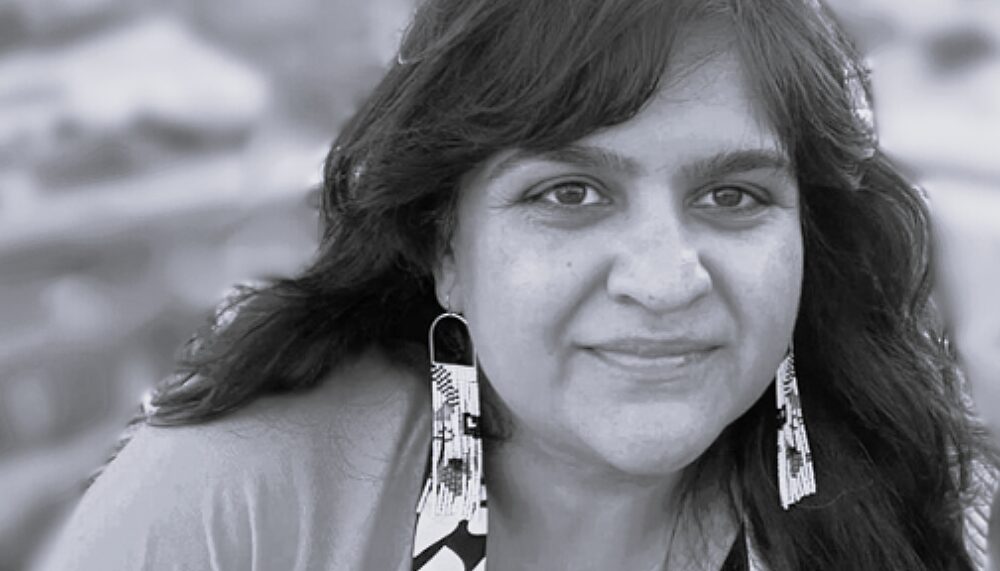Search Results
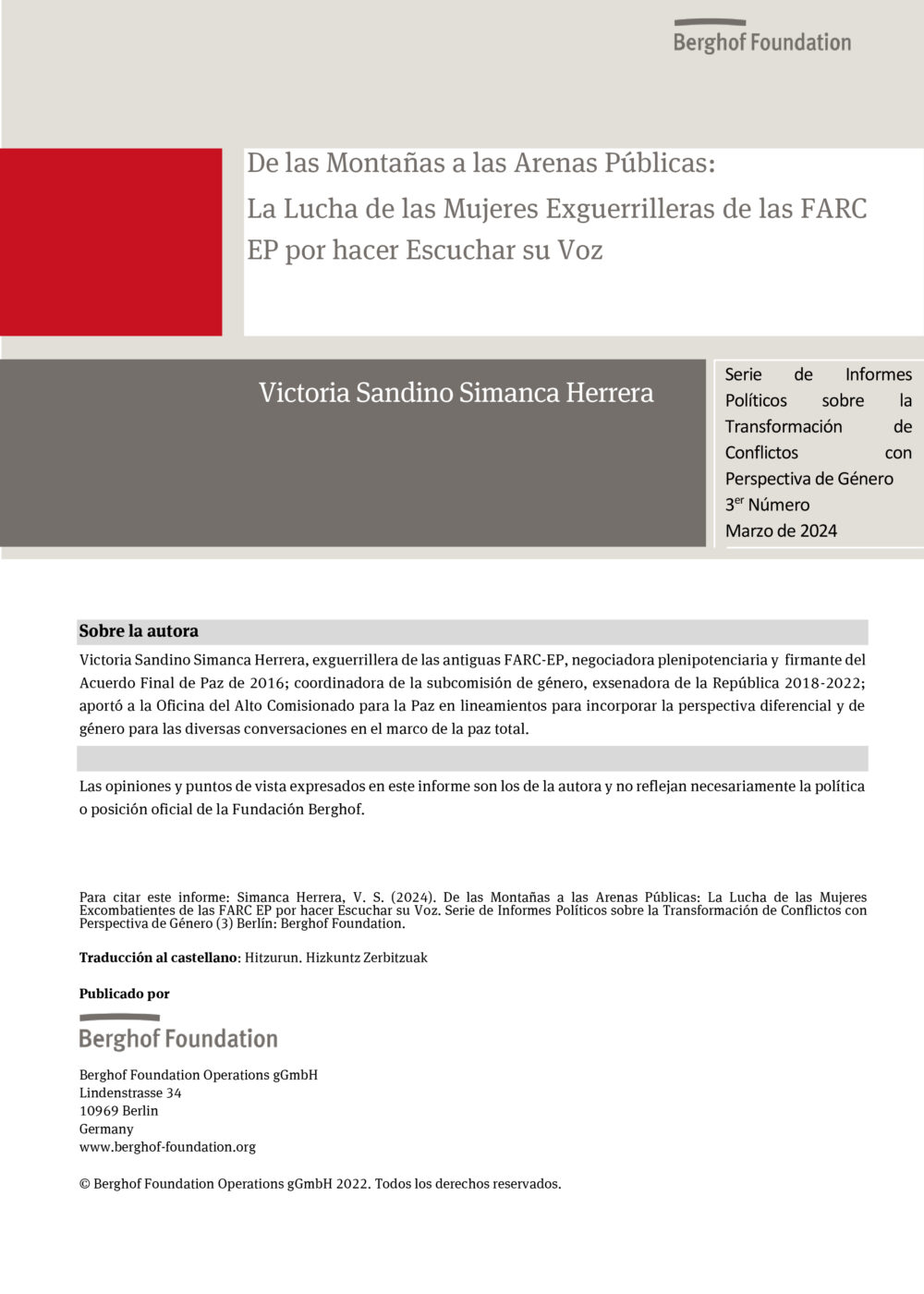
De las montañas a las arenas públicasLa lucha de las mujeres exguerrilleras de las FARC EP por hacer escuchar su voz
En el tercer número de nuestra serie de nuestra serie de informes de incidencia política sobre la transformación de conflictos con perspectiva de género, Victoria Sandino Simanca Herrera, exmiembro de las FARC-EP, negociadora durante el proceso de paz y firmante del Acuerdo Final de Paz de 2016 en Colombia, comparte sus experiencias sobre la transición del conflicto armado a la escena política. Detalla los retos encontrados al "continuar la lucha sin armas" y ofrece una serie de recomendaciones destinadas a garantizar una participación política significativa de las mujeres excombatientes en los procesos de paz.
- Year 2024
- Author(s) Victoria Sandino Simanca Herrera
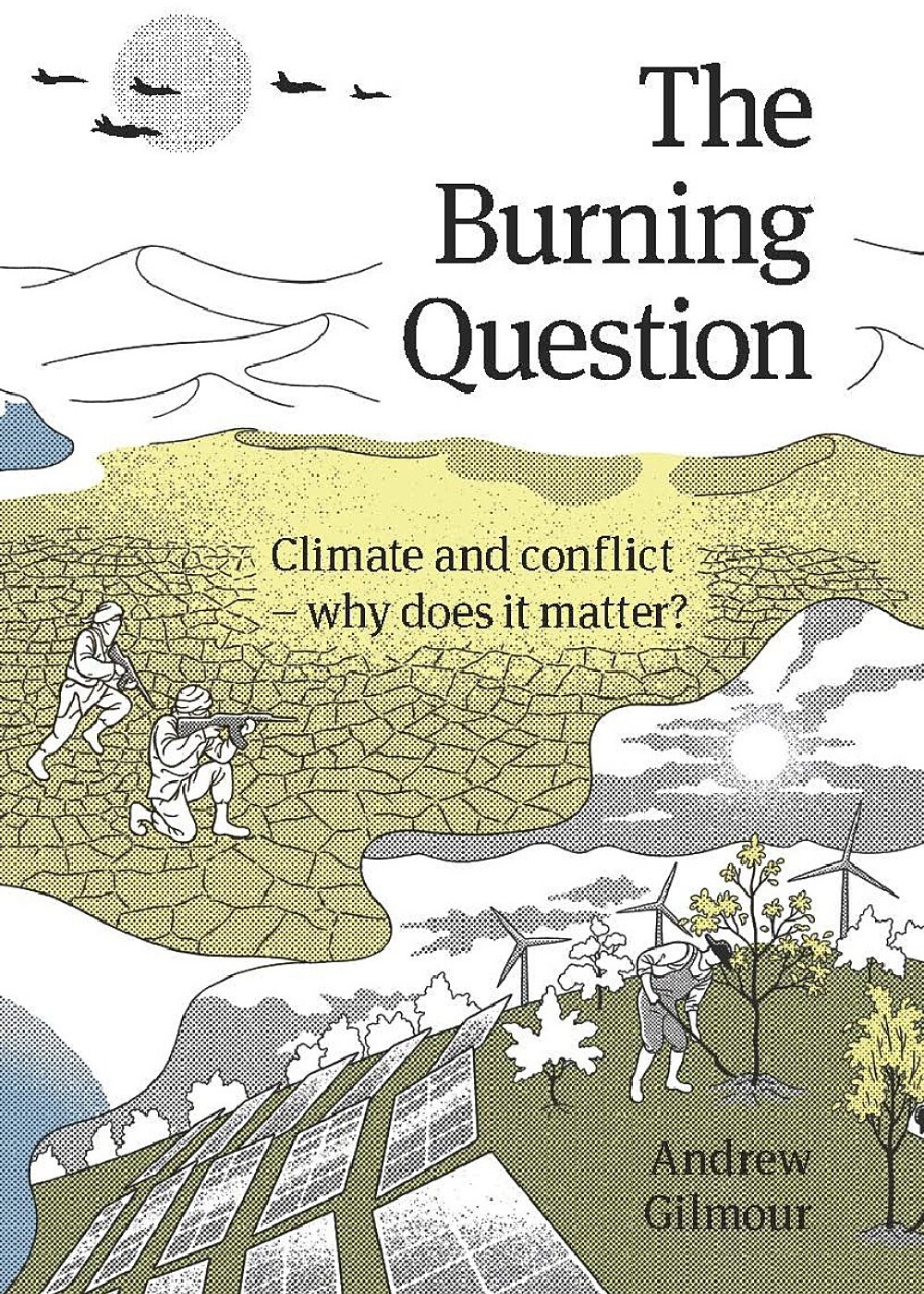
The Burning QuestionClimate and conflict – why does it matter?
In his book, Andrew Gilmour explores how climate change contributes to conflict and undermines prospects for peace. He also examines how we can ensure that our efforts to address the climate crisis advance sustainable peace.
- Year 2024
- Author(s) Andrew Gilmour
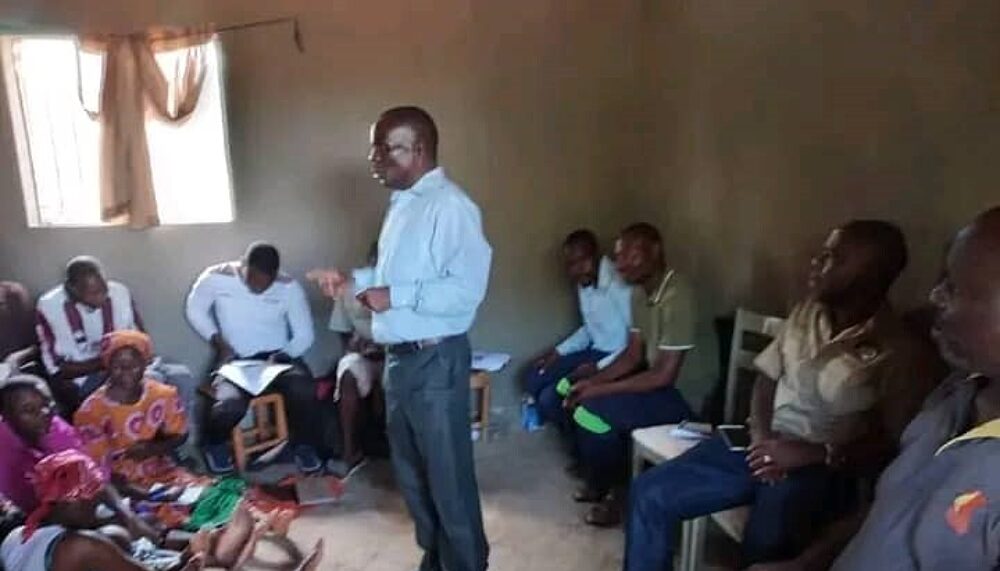
Insider mediation training helped halt evictions in ZimbabweRead Owen Dhliwayo’s story!
In Zimbabwe, we provide training to "insider mediators" that enables them to address and resolve conflicts in their communities.
- Impact
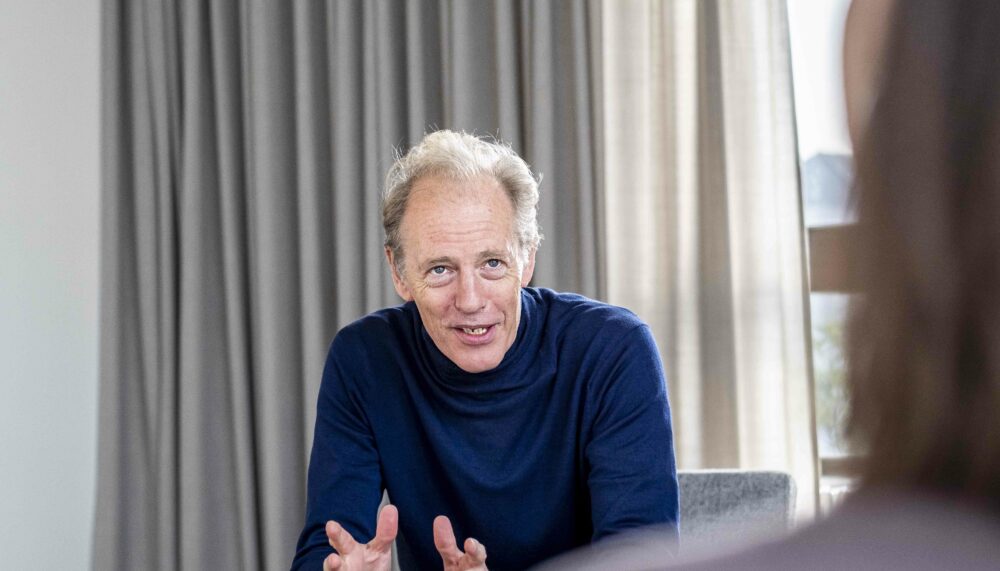
"It is imperative to avoid tackling climate change in ways that unwittingly increase risks of violent conflict"
While it has been established that climate change contributes to conflict, less recognised is how the energy transition can have similarly destabilising effects.
- blog post 18 Jul 2024
- Author(s) Andrew Gilmour
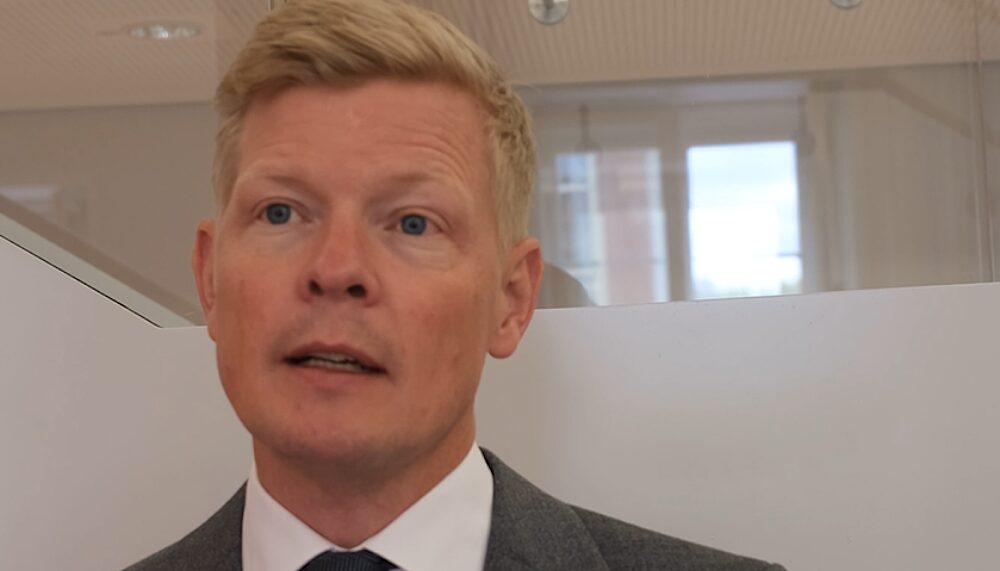
"Today’s mediators need to have integrity, empathy and courage"We interviewed Hans Grundberg, the United Nations Special Envoy for Yemen, at The Berlin Moot
United Nations Special Envoy for Yemen Hans Grundberg spoke with the Berghof Foundation at The Berlin Moot on what it takes to be a good mediator.
- feature 22 Jul 2024
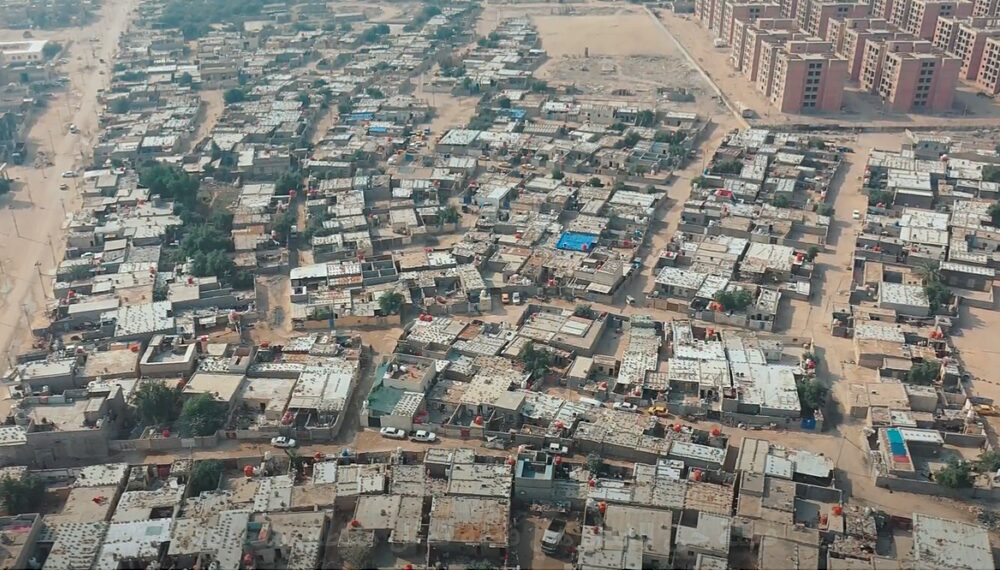
حوارات الأمن المناخي تساهم في سدّ الفجوات بين المجتمعات المحلّية في العراق
طوّرت المجتمعات المحلّية في العراق ميثاقًا اجتماعيًّا بدعمٍ منا لتجنّب الاضطرابات المتعلّقة بتأثيرات تغيّر المناخ.
- Impact

Berghof Foundation Annual Report 2022Online year in review
Our 2022 annual report gives an overview of our work around the world during the year as well as insights into our finances and funding.
- Year 2023

